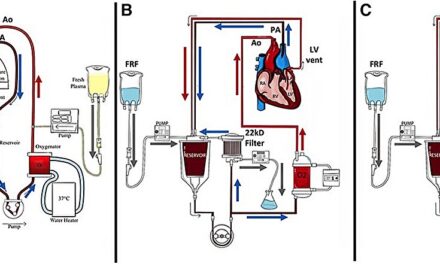University of Cambridge, UK – New research reveals that even brief periods of isolation can heighten teenagers’ sensitivity to threats, even when they have access to social media. According to the study from the University of Cambridge, teens left alone for just a few hours experienced an increased “threat alert” response—elevated anxiety and heightened vigilance to potential dangers—that lingered regardless of digital interaction.
The experiment, published in Royal Society Open Science, included 40 young people aged 16 to 19. Each participant underwent tests measuring stress and threat response before and after several hours of isolation, both with and without access to their smartphones. The results suggested that periods of solitude, even those spent virtually connected with friends and family, still led to increased feelings of unease and anxiety.
The researchers aimed to better understand how induced loneliness could impact teenagers, particularly in light of a global “epidemic of loneliness.” “We detected signs of heightened threat vigilance after a few hours of isolation, even when the adolescents had been connected through smartphones and social media,” said study lead author Emily Towner from Cambridge’s Department of Psychology. “This alertness to perceived threats might be the same mechanism that leads to the excessive worry and inability to feel safe which characterizes anxiety.”
Experiment Details and Findings
Participants in the study underwent extensive screening to ensure they had strong social connections and no history of mental health issues. Researchers first established a “baseline” for each participant, which included questionnaires and the Pavlovian threat test. This test involved associating a specific shape with a jarring noise, creating a sense of apprehension upon seeing that shape.
During each isolation session, participants spent approximately four hours alone in a room at the university. One session allowed the use of smartphones and access to social media, while the other did not. Electrodes attached to the participants’ fingers recorded “electrodermal activity,” a marker of stress.
Regardless of social media access, threat responses were heightened after each isolation period. Participants reported more anxiety and found the threat cue more unpleasant, with stress indicators measuring 70% higher than baseline across both types of isolation.
Implications for Adolescent Mental Health
The findings point to a concerning possibility: the social isolation common in the digital age may be shaping teenagers’ mental health. Researchers suggest that even virtual social interactions may not fully replace face-to-face connections in terms of their effects on the brain and stress response. “Although virtual social interactions helped our participants feel less lonely compared to total isolation, their heightened threat response remained,” noted Towner.
The study adds to a growing body of evidence that loneliness can increase a person’s alertness to perceived threats, potentially leading to the persistent anxiety associated with anxiety disorders. These findings have raised questions about whether digital interactions can fulfill adolescents’ critical need for real-world social connection.
Dr. Livia Tomova, co-senior author and psychology lecturer at Cardiff University, commented, “Loneliness among adolescents around the world has nearly doubled in recent years. The need for social interaction is especially intense during adolescence, but it is not clear whether online socializing can fulfill this need.”
Next Steps in Research
This study is among the first to explore how temporary isolation impacts threat responses in adolescents, drawing comparisons to earlier animal studies that linked isolation with anxious behavior and threat responses. Future research may investigate whether prolonged digital interaction could lessen these effects or explore additional coping mechanisms for teens in isolation.
The full study, “Increased Threat Learning After Social Isolation in Human Adolescents,” is available in Royal Society Open Science and adds to ongoing discussions about how digital environments impact youth mental health. As policymakers address rising loneliness rates among young people, these findings underscore the importance of nurturing face-to-face social connections and rethinking the role of digital platforms in adolescent development.












